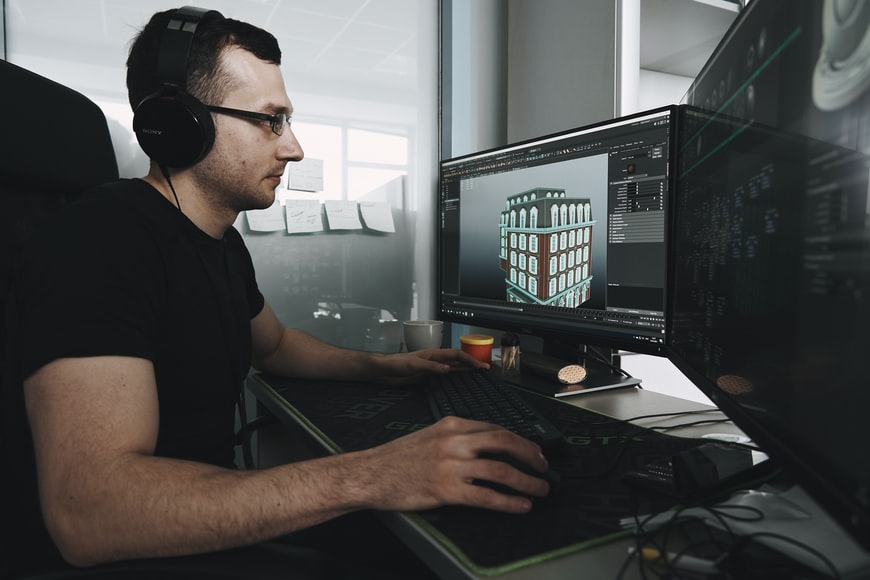Monitors are one of the most important features of a home office, because without that display, you wouldn’t be able to work. There are so many options available when buying a monitor, and it is an important investment, therefore you need to consider all the factors before choosing which one to buy. Below are some of the key considerations to keep in mind when you are purchasing a PC monitor.
Brightness & Contrast – This is a very important features, as your eyes will struggle when using a dim monitor for long periods of time. A high contrast screen will also deliver a more crisp and detailed image which will be easier to see, and therefore also reduce eye strain. Look for the measurement of Nits to see how bright a monitor is – usually, the average monitor is between 200 and 300 nits. Contrast is usually measured as a ratio. The average contrast ratio for a typical LCD monitor is between 150:1 and 800:1 and a high contrast ratio is anything above 400:1. For further monitor guides and reviews you can visit Monitor Beast.
Resolution – this means the number of pixels displayed across the width of the screen, and along the height of the screen (for example, 1920 x 1080). The higher the resolution, the more pixels are displayed within the screen, which contributes to a more detailed image – a higher resolution will be easier on the eyes. Common resolutions include 1080p (known as Full HD), 1440p (Quad HD), 4K & 8K (Ultra HD).
Refresh Rate – this is how frequently the image on your monitor refreshes. Every time something changes in your display (such as when you move your mouse), the screen has to refresh. If you are unsure where to check this, speak to any trusted IT Support Providers and they will be able to help you. The higher the refresh rate, the smoother your display will look. An average refresh rate for most monitors is about 60hz. A higher refresh rate may help reduce eye strain.
Size – This is also a big consideration. Depending on how much space you have in your home office, and how close you will be sitting to your monitor, you should be an appropriately sized monitor. If you’re sitting close to your monitor, you won’t need a 40-inch screen (and that might even be detrimental). However, if you like to multi-task and need lots of programs and windows open for work, you don’t want to buy a tiny monitor, because anything displayed on it will appear small and require more effort to see.
Display type – TVs and Monitors have gone through a range of technologies in terms of how they display images and text. The two most common displays currently are LCD and LED. While they sound similar, they are actually two very different technologies. LCD stands for Liquid Crystal Display, and is composed of liquid crystal filaments – when these filaments have electricity applied to them, they emit light. On the other hand, LED stands for Light Emitting Diode and is composed of thousands of individual gallium semiconductors which, when heated, emit light. An LCD screen requires a backlight whereas an LED display does not. LED displays are also better for high resolution displays. Additionally, there are different types of LED displays, such as the organic light-emitting diode (OLED) display, which is capable of delivering Ultra HD resolutions. Monitors on the more expensive end of the spectrum will often use OLED technology.

